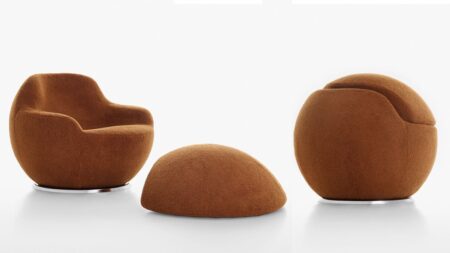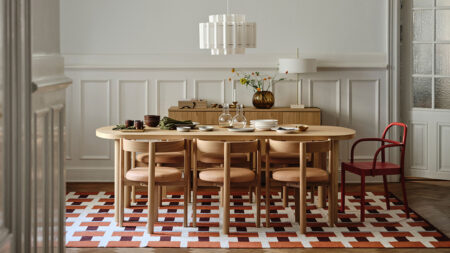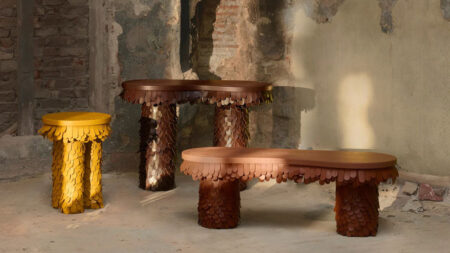Women in design have been far more superior than they were given credit for. Some were lost to history, some overshadowed by their male partners. But there were a few female visionaries who, despite challenges, not only made a name for themselves in the male-dominated field but also shaped the furniture industry. For centuries, woodworking and furniture-making were male-centric crafts. However, female furniture designers emerged in the twentieth century with their original ideas and bold design approach, revolutionizing the industry. Here are the best and most iconic female furniture designers of all time. Some of them might be familiar to you, and some may not. Read on to find out more.
Ray Eames (1912-1988)
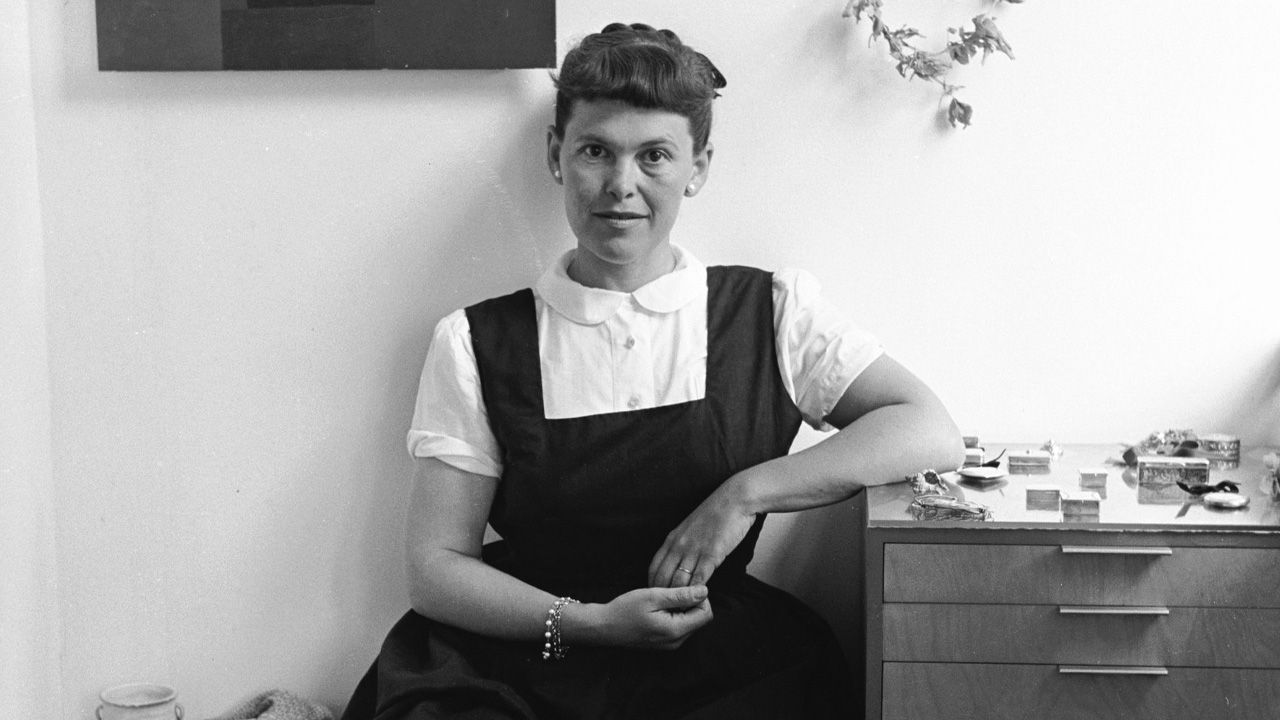
Ray Eames was one of the most influential designers of the mid-century modern movement. She and her husband, Charles, were a power design couple, and together they changed the face of mid-century modern furniture with iconic designs like the Eames Lounge Chair, Eames Office Chair, and Shell Chair.
Born Ray-Bernice Alexandra Kaiser Eames, Ray trained as an artist and left her hometown of Sacramento for New York in 1933. She studied under the tutelage of the German Expressionist émigré Hans Hofmann and later became a founding member of the American Abstract Artists group. She learned other arts at the Cranbrook Academy of Art in Michigan, where she met Charles Eames, who headed the school’s industrial design department.
Her time at Cranbrook expanded her creative horizons, and she became enamored with other arts, such as graphic design, textile design, plywood and furniture design. Many associate her name with Charles and only know her as part of the duo. But she was so much more: She worked independently before and after meeting Charles. Her sense of form, color, and textile design defined the Eames brand.
Greta Magnusson-Grossman (1906-1999)
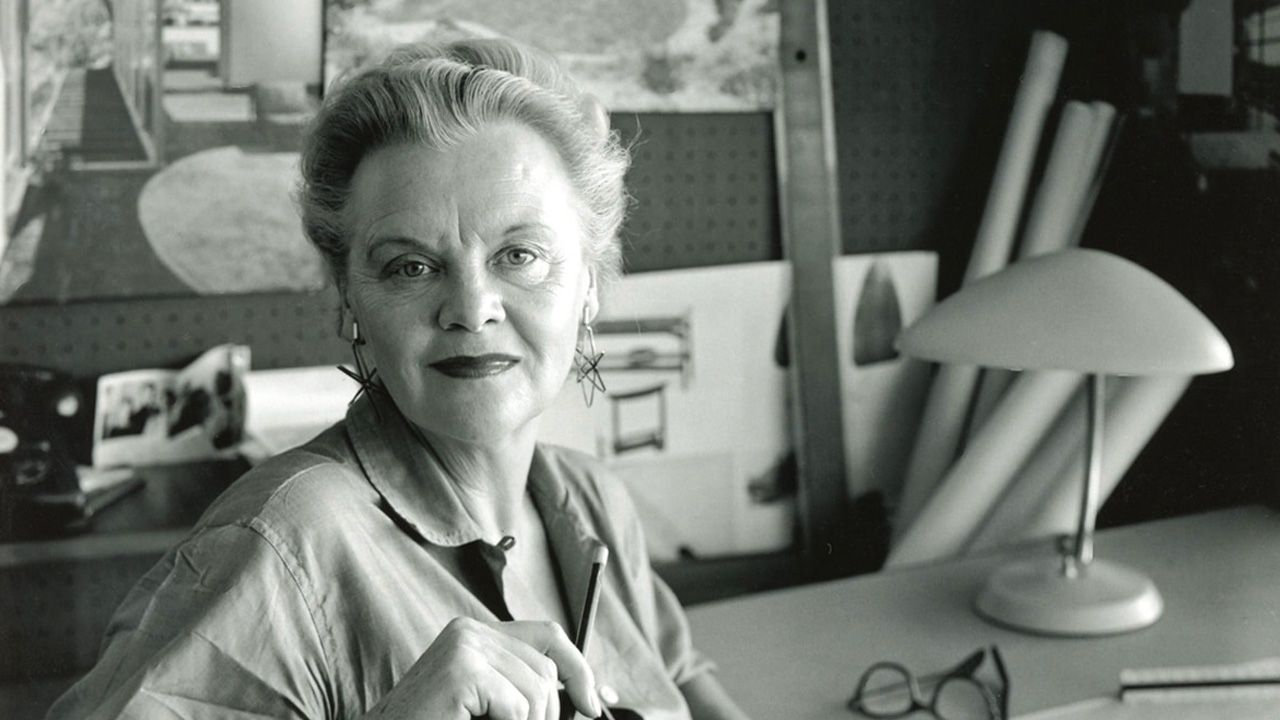
Swedish furniture and interior designer and architect Greta Magnusson-Grossman was the only female architect with an independent practice during the 1940s to ‘60s, becoming a pioneer in the Los Angeles modern movement. She moved to the United States during World War II and opened her first studio. The studio focused on furniture and lighting design. Grossman’s furniture design is distinguished by its unique blend of materials and sleek proportions.
Her furniture designs maintain a modern-day presence with Swedish and Californian influences. Grossman described this eclectic combination as “one of mellow, golden surface, of lightness and airiness and informal comfort,” in a 1951 interview.
Among her lighting and furniture designs, the Modern Line set of sofas, the “62 Series” dresser and desk, the Grasshopper Floor Lamp, and the Cobra Lamp are the most celebrated ones. Each of these bears the subtle Scandinavian thumbprint that was a signature in all her work.
Lilly Reich (1885-1947)
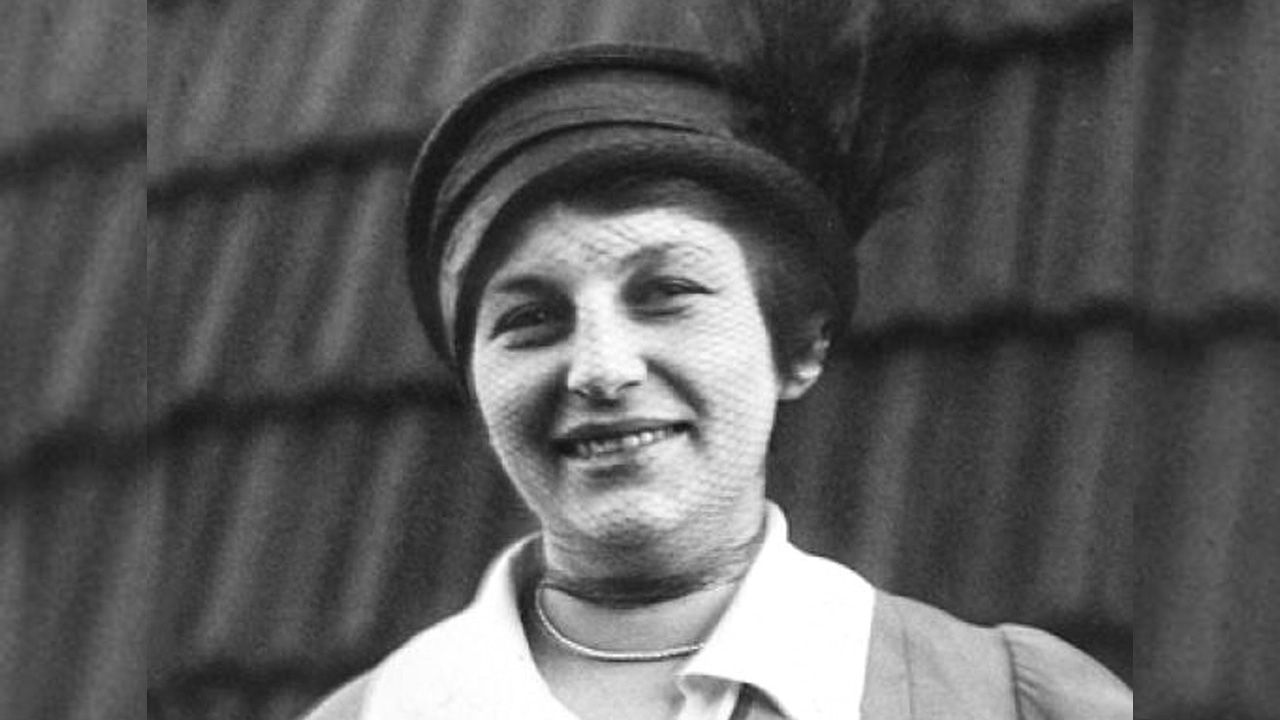
German designer of textiles, furniture, interiors, and exhibition spaces, Lilly Reich was a close collaborator with Ludwig Mies van der Rohe for over a decade during the late 1920s till the early ’30s. However, seeing how much the male collaborator overshadows her work to this day is disheartening. Reich was not recognized as a modernistic designer until the 1990s, even after which her work remains somewhat in the shadows.
Her collaborations with Mies van der Rohe are regarded as some of the most iconic of the 20th century. She was half of the driving force behind creations like the Barcelona chair, Brno Chair, and Barcelona Pavilion.
The Barcelona Pavilion is considered to be a masterpiece of modern design. Sadly, Lilly Reich is rarely mentioned in textbooks nor given proper credit for her contributions to the design world.
Florence Knoll (1917-2019)
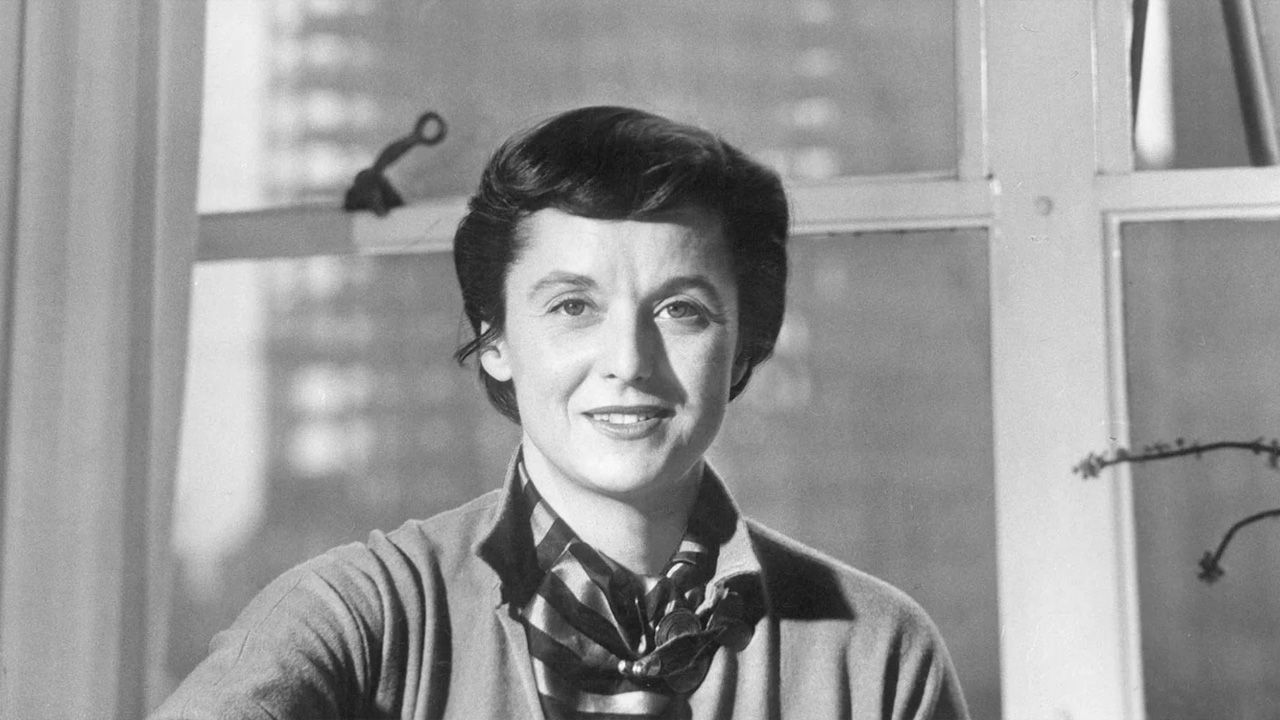
Florence Marguerite Knoll Bassett was an iconic American architect, interior designer, furniture designer, and entrepreneur. Born to a baker and orphaned at the age of twelve, Florence grew up in Michigan, displayed an early interest in architecture, and was enrolled at the Kingswood School for Girls, adjacent to the Cranbrook Academy of Art.
At Kingswood, Florence befriended Eliel Saarinen, under whom she would later study at Cranbrook. Florence became close to the Saarinen family and their son, Eero. With recommendations from Eliel Saarinen and Alvar Aalto, Florence went on to study under some of the prominent 20th-century architects, including Walter Gropius and Marcel Breuer in Cambridge, Massachusetts, and Ludwig Mies van der Rohe at the Illinois Institute of Technology.
She has been credited with changing the landscape of office design and bringing modern design to office spaces. She met her husband, Hans Knoll, who was a furniture maker. Together, they established Knoll Associates, which to this day is one of the most prestigious international design firms. Among her famous designs are the Florence Knoll Sofa and the Florence Knoll Executive Desk.
Also Read: Most Influential Furniture Designers that Radicalized the Market
Charlotte Perriand (1903-1999)

The 20th-century French designer Charlotte Perriand contributed to the creation of iconic contemporary furniture designs, including LC Fauteuil Grand Confort, a set of modernist living room furniture consisting of a chair, two sofa sizes, and an ottoman. This furniture set was among many of her collaborations with famed architect and furniture designer Le Corbusier.
Interestingly enough, Le Corbusier wasn’t keen on partnering with Perriand when she applied to work with him in 1927. At 24, Perriand received the response, “We don’t embroider cushions here.” However, a month later, Le Corbusier discovered Perriand’s work at the annual Salon d’Automne. Her Bar Sous le Toit (Bar Under the Roof) was a re-creation of a section of her apartment with nickel-plated copper stools clustered around an anodized aluminum cocktail bar with a chrome-plated table. This, to Le Corbusier, was the heady song of the machine age.
Her work emphasized creating functional living spaces on the belief that better design helps create a better society. She worked with Le Corbusier to create buildings and furnishings. In the 1920s, they collaborated with Pierre Jeanneret to design one of the most successful groups of armchairs and a chaise lounge.
Eileen Gray (1878-1976)
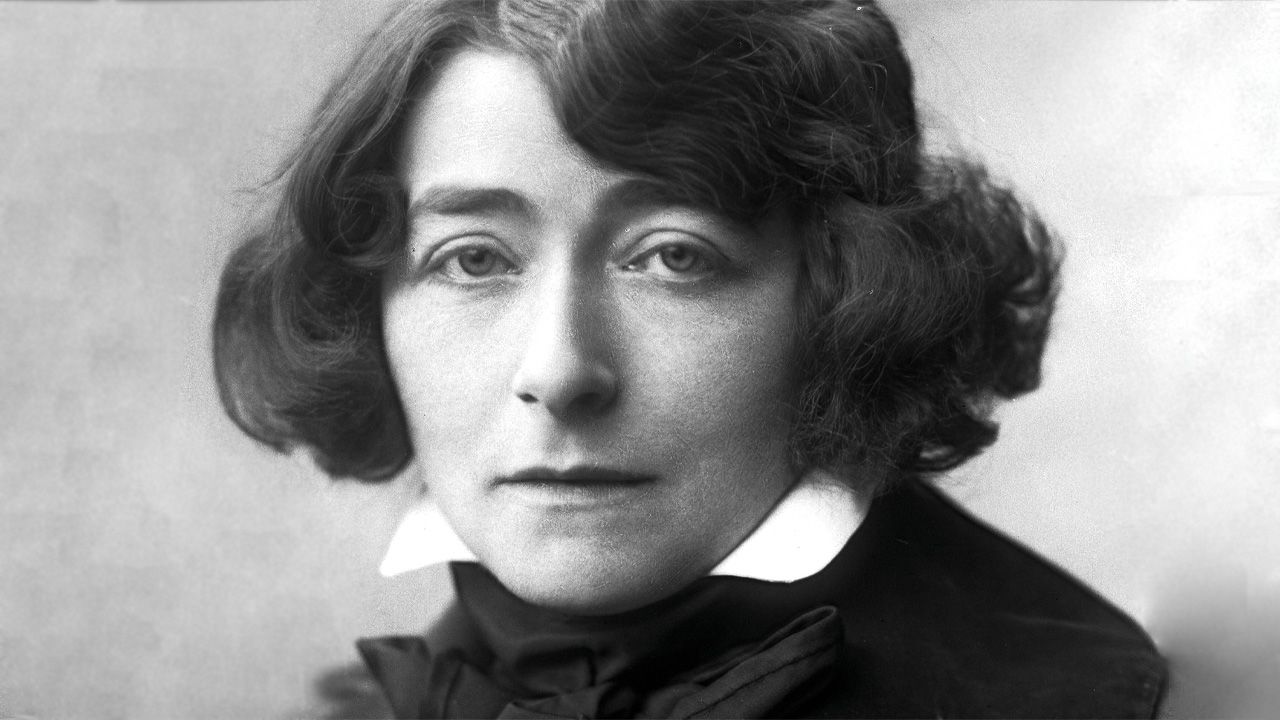
Eileen Gray was an Irish interior and furniture designer and architect who pioneered the Modern Movement in architecture. Her designs were characterized by their futuristic elements, bold geometric forms, and folded planes. Her furniture designs were ahead of their time, with materials like chrome, bent steel tube, and glass in ways that were not seen before.
A contemporary of the greats like Le Corbusier and the Eames couple, Eileen Gray did not receive the due recognition for her work in her lifetime. Her contributions to the field were sidelined, and her legacy was minimized in the male-dominated industries of architecture and design.
However, her work’s timeless appeal made the world rediscover her. Today, Eileen Gray’s furniture sells for millions at auction. Her designs are still befitting with the same modern look as they did in the 1920s. One of her most celebrated designs to this day is the E-1027 table for its portability and adaptability and the signature Eileen Gray style.
These leading ladies of furniture design paved the way for today’s female designers. Their contributions to the field not only carved a space for themselves but for the future generations as well. Their brilliance, vision, and designs are iconic and have stood the test of space and time.
Follow Homecrux on Google News!

